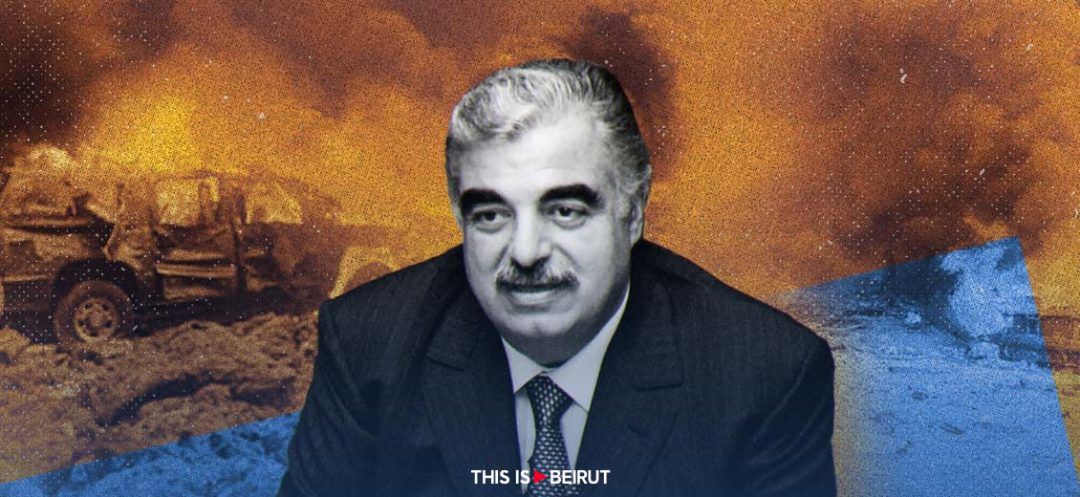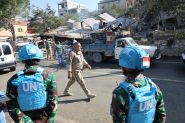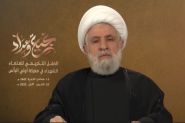
The younger generations of Lebanese are likely unaware, or at best have partial knowledge of the historic significance of the tragic events of February 14, 2005, the day of the assassination of former Prime Minister and leader of the Future Movement, Rafic Hariri. The terrible event brought to light a dual (and slow) transformation in the Lebanese socio-political landscape, notably in terms of the country's leadership and with regard to the sentiments of the grassroots populace, particularly within the Muslim community.
To fully understand the depth of this dual transformation and its potential implications for the future, the context of that period must be reexamined. Rafic Hariri's rise began in the early 1990s (during the Syrian occupation) with the monumental downtown Beirut reconstruction project, which was spearheaded by his major construction firm, Saudi Oger. In 1992, he assumed the role of Prime Minister, leading a government with ambitions of initiating reconstruction and development projects.
It did not take long for Rafic Hariri to attain significant regional and international prominence, and he established close ties with numerous Arab, Asian and even Western leaders, including French President Jacques Chirac, alongside prominent American officials and the leadership of the World Bank. However, the most noteworthy aspect of this journey was undoubtedly Rafic Hariri's cultivation of privileged relations with a faction within the Syrian regime, specifically the Sunni wing represented, among others, by Vice President Abdel Halim Khaddam and General Hikmat Chehabi. Such ties, maintained by a charismatic Lebanese Sunni leader with extensive regional and international networks, were viewed unfavorably by the Syrian regime under Alawite rule, perceiving it as crossing a red line and endangering the stability of the existing system and even the cohesion of Syrian society.
This discord between the Assad regime and Rafic Hariri escalated, especially after the death of Hafez al-Assad in 2000: the leader of the Future Movement began, behind closed doors, to discreetly exhibit signs of impatience, bordering on resentment, towards the Syrian presence in Lebanon. This sentiment was increasingly shared publicly by the leader of the Progressive Socialist Party, Walid Jumblatt.
Rafic Hariri took a further step towards challenging the Assad regime's influence in Lebanon by establishing very discreet relations with the Christian opposition of the time, operating under the guidance of Maronite Patriarch Nasrallah Sfeir and the Qornet Shehwan Gathering. However, it appeared that these relationships were not as covert as presumed, as they triggered a strong reaction from the Lebanese government which conducted raids in response and targeted young sovereignty advocates, particularly supporters of the Lebanese Forces and the original Aounist movement. "We had reached an agreement with Rafic Hariri whereby he would focus solely on economic and development issues, while political and security issues were to remain the prerogative of the [Syria-allied] government; however, by establishing relations with the Christian opposition, Hariri breached this agreement by encroaching on our political domain, which we cannot tolerate," a senior minister of the pro-Syrian government confided to us at the time during an informal one-on-one interview.
This phase in the early 2000s marked a significant evolution in the country's political landscape: for the first time in modern Lebanese history, prominent Muslim and Druze leaders were aligned with the sovereigntist Christian current and had adopted the slogan "Lebanon First," thereby challenging the Syrian dominance imposed on Lebanon.
This new dynamic was reinforced by a significant international factor: the initiative led by French President Jacques Chirac and US President George W. Bush to push for the adoption of United Nations Security Council Resolution 1559, demanding, among other things, the withdrawal of Syrian forces from Lebanon.
This UN resolution, coupled with the Islamic-Christian unity aimed at restoring Lebanon's independence, angered the Syrian regime and Hezbollah, as the sovereigntist momentum posed a serious threat to the hegemonic ambitions of these two parties. Consequently, they had to confront this "threat." The first "warning" in this regard was issued on October 1, 2004, with the car bomb attack targeting MP Marwan Hamadeh, who was gravely injured but managed to resume his political life after a lengthy recovery period. The attack only intensified widespread popular resentment against Syrian influence.
The second significant socio-political evolution that characterized this phase of the Lebanese crisis lay precisely in the emergence at the grassroots level of a broad cross-communal sovereigntist movement, not just among leaders. The deadly attack on February 14, 2005, which aimed to thwart this evolution, was considered to be detrimental to both the Assad regime and Hezbollah. However, it actually yielded the opposite outcome and gave birth to the Cedar Revolution, an unprecedented development in Lebanese history: for the first time, Christians, Sunnis, Druze and a Shiite elite from diverse political backgrounds marched together in the streets, side by side, by the tens of thousands, chanting the same slogans, waving only the Lebanese flag, to defend a common cause—that of restoring Lebanon's sovereignty and independence.
This marked a "first" in terms of the emergence of a shared Lebanese cross-communal sentiment. However, this was done without taking into account the counter-revolution quickly, patiently and meticulously put in place by the pro-Iranian party.
The road ahead is undoubtedly long to reach the maturity of the Cedar Revolution phenomenon. But in the spring of 2005, a decisive Lebanese popular milestone was reached. The challenge now is to capitalize on this turning point, in order to thwart the repeated attempts by the pro-Iranian camp to completely distort the true face of pluralistic Lebanon.
Read more





Comments